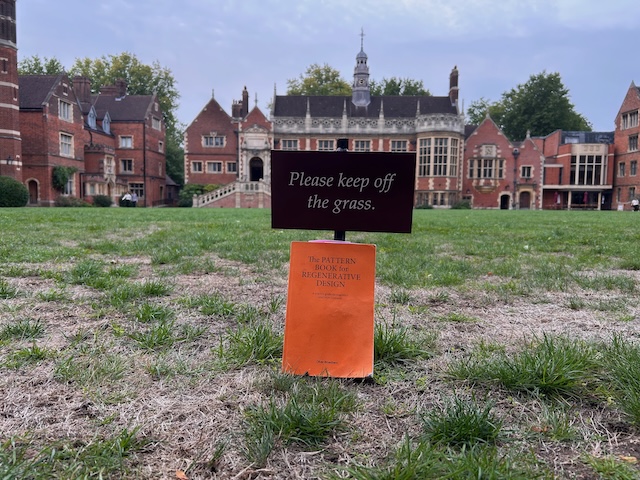Transitions are ripe moments for reflection on action.
When we’re in the flow of delivery, we rarely have the chance to pause and ask what we’re really doing or why. But transitions — a change of job, a shift in funding, or simply the end of a project — give us the opportunity.
Creating change means pushing, pulling or nudging outcomes away from their default path toward an intentional one. But while we’re in the thick of delivery, it’s easy for intentions to get blurred, or dropped altogether.
So when we pop out the other side of a period of work, it’s worth asking: what was I really trying to do, and what actually happened?
- Here are some questions I use to harvest learning at the end of a project:
- What did I set out to do? Even if you can’t fully recall, try to write it down.
- What did I actually do? Not just the deliverables — think about the journey: the conversations, obstacles, and detours.
- What were the consequences — intended and unintended? In complex systems, surprises are inevitable.
- What advice would I give someone else setting out on the same journey? You can’t repeat the past, but someone else can build on it.
These lessons are easily lost. Once we move on, the window for reflection closes quickly. So take the time to harvest the fruits of transition while they’re still ripe.

